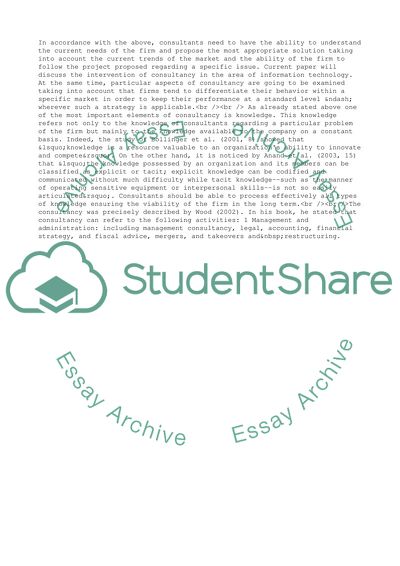Cite this document
(Matching Task to Information Environment Term Paper, n.d.)
Matching Task to Information Environment Term Paper. Retrieved from https://studentshare.org/management/1542050-a-paper-on-the-best-practice-for-information-systems-consultancy-projects
Matching Task to Information Environment Term Paper. Retrieved from https://studentshare.org/management/1542050-a-paper-on-the-best-practice-for-information-systems-consultancy-projects
(Matching Task to Information Environment Term Paper)
Matching Task to Information Environment Term Paper. https://studentshare.org/management/1542050-a-paper-on-the-best-practice-for-information-systems-consultancy-projects.
Matching Task to Information Environment Term Paper. https://studentshare.org/management/1542050-a-paper-on-the-best-practice-for-information-systems-consultancy-projects.
“Matching Task to Information Environment Term Paper”, n.d. https://studentshare.org/management/1542050-a-paper-on-the-best-practice-for-information-systems-consultancy-projects.


